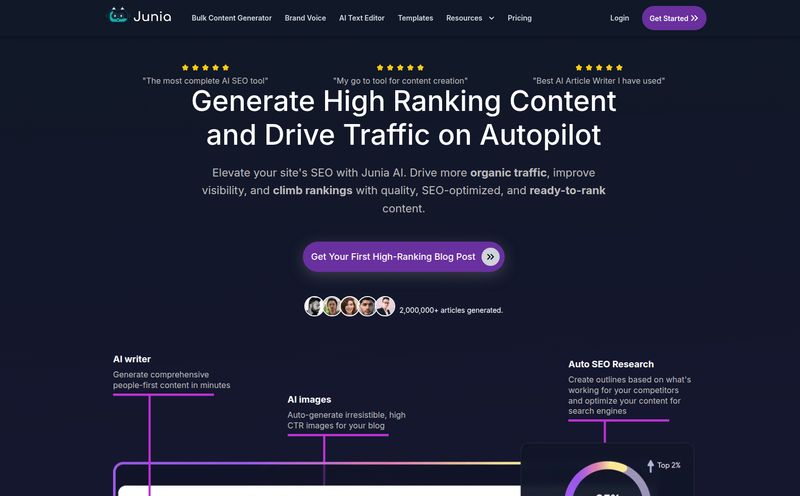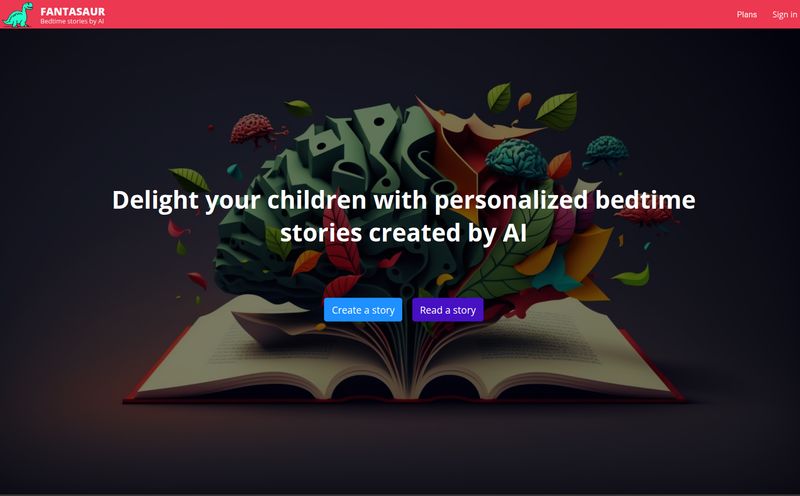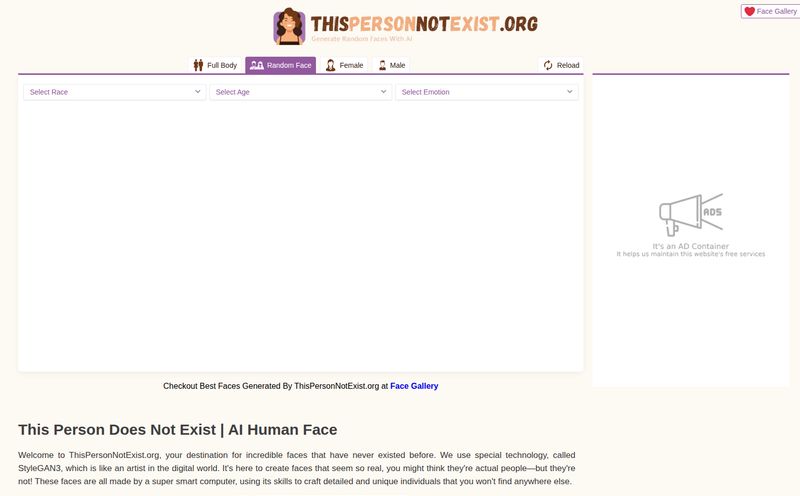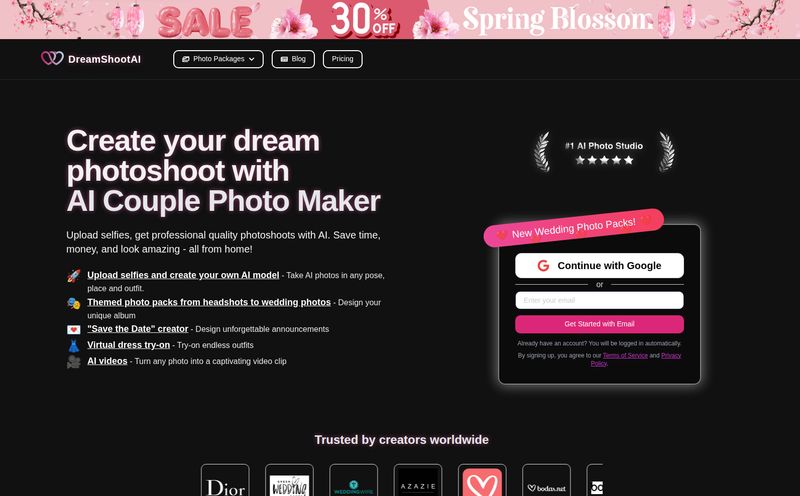If you’re in marketing, ecommerce, or any corner of the digital world, your screen is probably flooded with AI-generated images. We’ve all seen them. The hyper-saturated, fantasy-art style of early Midjourney, the slightly-too-perfect corporate headshots, and of course... the hands. Oh, the seven-fingered, waxy, nightmarish hands.
For years, I've been straddling the line between excitement and frustration with AI image generation. It’s powerful, no doubt. But for high-stakes work like a fashion campaign or a product showcase, there’s always been something missing. A spark. A soul. That little bit of human imperfection that makes an image feel authentic. Most AI tools just can't fake that. Not convincingly, anyway.
Then a platform called iVisual slid across my desk. Its pitch is different. It’s not just about algorithms and prompts; it’s about blending AI efficiency with human authenticity. I was skeptical, of course. I’m always skeptical. But I was also intrigued. Could this be the tool that finally bridges that gap between the digital and the divine? I had to find out.
So, What's the Big Deal with iVisual?
At its core, iVisual is an AI image generation platform designed specifically for fashion and product campaigns. But here’s the twist that got my attention: it builds its creations on a foundation of real human models. Think about that for a second.
Instead of the AI trying to invent a person from scratch—often with those creepy, vacant stares—iVisual uses data from actual, professional models. It's less like a painter starting with a blank canvas and more like a world-class photographer conducting a photoshoot where they can change the model's outfit, the background, and the lighting with a single command. The result? You get images that feel grounded in reality because, well, they are.
This approach aims to solve the biggest problem for brands using AI: the dreaded uncanny valley. You get the speed and flexibility of AI without sacrificing the lifelike quality that makes customers connect with your brand. It’s a pretty clever concept, and frankly, I’m a little annoyed I didn't think of it first.
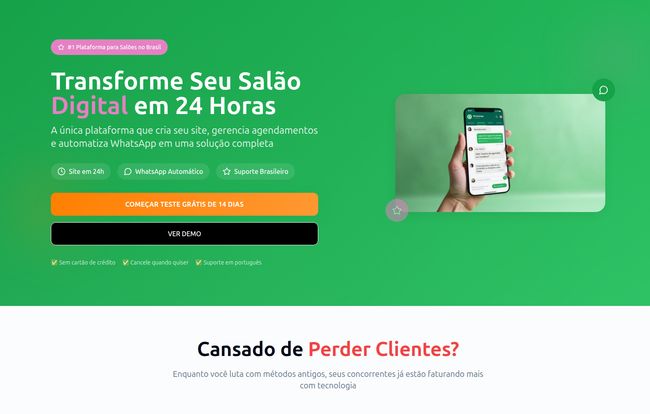
Visit iVisual
The Standout Features That Actually Matter
A tool is only as good as its features, right? Here’s what iVisual brings to the table, and my thoughts on each.
Hyper-Realism That Feels... Real
This is the platform's crown jewel. Because iVisual starts with real people, the final images have a level of detail and naturalness that's tough to beat. We're talking about realistic skin textures, natural poses that don't look stiff or awkward, and eyes that actually have some life in them. For any brand that wants to look premium and trustworthy, this is a huge win.
Customization That Goes Beyond Prompts
We’ve all been there, wrestling with prompts to get an AI to put the logo on the correct side of the t-shirt. iVisual promises “infinite customization,” which is a bold claim. From what I’ve seen, it means having granular control over every part of the image. You can tailor models to fit your brand’s exact aesthetic—change their ethnicity, hairstyle, body type, everything. This is crucial for creating consistent campaign assets that truly represent your target audience.
The Ace Up Its Sleeve: Hire the Real Model
Okay, this is the part that genuinely impressed me. Let’s say you generate a series of images with a specific AI model and she becomes the “face” of your campaign. Your audience loves her. What next? With iVisual, you have the option to hire the actual human professional that the AI model is based on for an in-person photoshoot or video campaign.
This is brilliant. It creates a seamless transition from digital concept to real-world activation. It builds brand consistency and opens up a hybrid workflow that I haven't seen anywhere else. It’s a bridge between the virtual and the physical that could be a game-changer for integrated marketing campaigns.
Breaking Down the iVisual Pricing Structure
Money talks. So let’s talk about what it costs to get access to this tech. iVisual has a few tiers, and I appreciate that they cater to different needs, from casual experimentation to full-blown agency work.
| Plan | Price | Best For | Key Details |
|---|---|---|---|
| Per Usage | $39 / image | Testers & One-Off Projects | Pay as you go. No commitment. Good for dipping your toes in the water. |
| Monthly Pro | $139 / month | Small Businesses & Solopreneurs | Includes 10 images, with additional ones at a discounted $27. Gives you more advanced customization options. |
| Monthly Agency | $349 / month | Marketing Agencies & Large Brands | Includes 40 images, with extras at $21. Unlocks full customization, API access, and team features. |
| Custom | Contact Sales | Enterprises | For when you need teh works: volume discounts, dedicated support, and custom integrations. |
In my experience, the “Per Usage” option is the perfect entry point. You can test the platform’s capabilities on a real project without locking into a monthly fee. If you find yourself generating more than 4-5 images a month, the “Monthly Pro” plan quickly becomes the more economical choice.
The Good, The Bad, and The Honest Truth
No tool is perfect. Let's weigh the pros and cons from my perspective as an SEO and content guy who needs good visuals, fast.
The Wins: The blend of AI speed with human authenticity is the undeniable star. It solves a real business problem. The fast generation time compared to a traditional photoshoot—we're talking hours versus weeks—is a massive efficiency boost. And that option to hire the real model? That’s not just a feature; it’s a strategic advantage.
The Catches: Let's be realistic. While it’s built on human models, it's still an AI tool. Achieving that perfect shot will likely require some skill in what the industry calls “prompt engineering.” You can’t just type “pretty picture” and expect magic. You’ll need to learn how to guide the tool. Also, the pricing, while flexible, is usage-based. For teams that need a high volume of images for testing and iteration, costs could add up if you're not on the right plan. You gotta be mindful of your usage.
So, Should You Use iVisual?
After spending some time with it, my verdict is pretty clear.
If you're a small e-commerce shop tired of using the same old stock photos, yes. This could give you a unique, professional look on a budget.
If you're a fashion brand wanting to test dozens of looks before committing to manufacturing, absolutely. The speed is unmatched.
If you're a marketing agency that needs to churn out high-quality campaign visuals for multiple clients, the Agency plan seems tailor-made for you.
Who is it not for? If your budget is zero, you'll probably stick with free or lower-cost AI tools and live with their quirks. Or, if your work is purely artistic and you enjoy the surreal, unpredictable nature of tools like Midjourney, iVisual’s realism might feel a bit too... corporate. But for commercial use? It's a seriously compelling option.
iVisual feels like a maturing of the AI image market. It’s moving beyond novelty and into practical, problem-solving territory. It’s not just another image generator; it's a tool that seems to understand the real needs of brand builders and marketers.
Frequently Asked Questions
- How exactly does iVisual use “real human models”?
- From what I gather, the platform has a library of professional models whose likenesses (poses, features, etc.) have been used to train a specialized AI. This allows the AI to generate new images that retain the model's human qualities, but in entirely new contexts, outfits, and settings.
- Is iVisual just for fashion photography?
- While it's clearly optimized for fashion and apparel, its applications are much broader. It's excellent for product campaigns (e.g., a model holding a cosmetic product or using a new piece of tech), lifestyle marketing, and creating diverse and inclusive ad creative.
- What's the main difference between iVisual and a tool like DALL-E or Midjourney?
- The key difference is the foundation. General-purpose tools like Midjourney create images from a massive, broad dataset, which can lead to that surreal, sometimes inconsistent output. iVisual uses a curated dataset based on professional human models, optimizing for realism and commercial use cases.
- Can I really use these images commercially?
- Yes, that’s the whole point. The platform is designed to create commercially-safe visuals for campaigns, websites, and social media. When you pay for an image, you are getting the rights to use it for your brand.
- Is the Monthly Pro plan worth it over paying per image?
- It's a simple math problem. At $39 per image, if you plan on generating 4 or more images in a month, the $139 Pro plan (which includes 10 images) is a better deal. It basically drops your per-image cost to $13.90 for those first 10 images.
References and Sources
- The Business of Fashion on AI's role in the industry
- A primer on the Uncanny Valley concept
- I'll add the official iVisual website link here once it's fully public! For now, we'll call it `ivisual.ai`.
